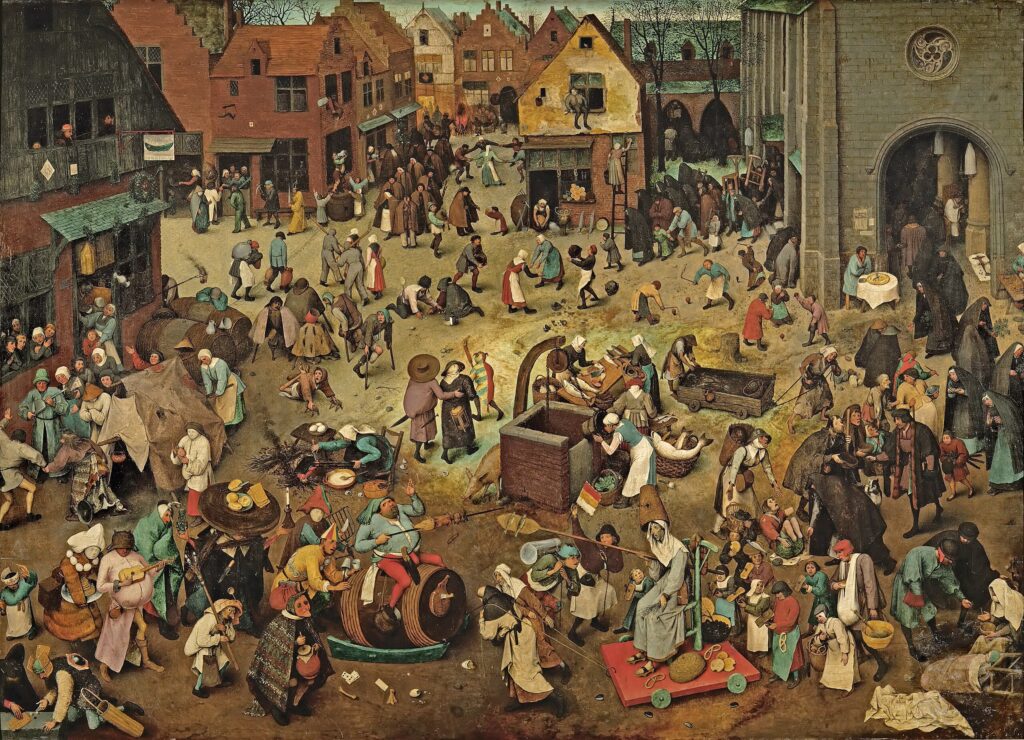Art history is replete with diverse artistic movements that have shaped the course of human expression. One such style that emerged in the early 19th century is the Biedermeier style. Originating in Central Europe, particularly Germany and Austria, Biedermeier art and design encompassed various disciplines, including painting, furniture, and architecture. This article delves into the significance of the Biedermeier style in art history, highlighting its characteristics, cultural context, and prominent works like “The Book Worm” by Carl Spitzweg.
The Biedermeier style flourished between 1815 and 1848, coinciding with the post-Napoleonic era and the rise of the middle class. The style was named after Gottlieb Biedermeier, a fictional character portrayed in the satirical magazine Fliegende Blätter. Biedermeier art aimed to reflect the tastes and values of the bourgeoisie, emphasizing simplicity, comfort, and modesty.
Characteristics of Biedermeier Art
Biedermeier art was characterized by its understated elegance, refined craftsmanship, and attention to detail. The style embraced clean lines, organic forms, and balanced proportions. In painting, artists often depicted domestic scenes, landscapes, and still lifes, focusing on everyday life rather than grand historical narratives. The color palette favored muted tones, and natural materials like wood and porcelain were commonly used in furniture and decorative arts.

Cultural Context
The Biedermeier era was a time of political stability, economic growth, and social change. The rise of the bourgeoisie as a dominant class fostered a desire for cultural representation and self-expression. Biedermeier art provided middle-class individuals with an opportunity to showcase their taste, refinement, and social status through the acquisition of artworks and furnishings that aligned with their values.

The Significance of “The Book Worm” by Carl Spitzweg
“The Book Worm” by Carl Spitzweg, a renowned Biedermeier painter, exemplifies the essence of the style. The painting portrays a solitary scholar engrossed in his books, immersed in his private world of knowledge. Spitzweg’s work captures the Biedermeier emphasis on introspection, intellectual pursuit, and the value of education. “The Book Worm” serves as a poignant representation of the Biedermeier era’s intellectual curiosity and the desire for self-improvement.

Legacy and Influence
Despite its relatively short-lived popularity, the Biedermeier style left a lasting impact on art and design. Its focus on simplicity, craftsmanship, and the integration of art into everyday life influenced subsequent movements, such as the Arts and Crafts movement and Art Nouveau. Biedermeier furniture, characterized by its clean lines and functional design, continues to be admired and sought after by collectors and enthusiasts today.
Conclusion
The Biedermeier style holds a significant place in art history, representing a pivotal moment when the middle class sought to establish its identity through art and design. Its emphasis on simplicity, refined craftsmanship, and the depiction of everyday life resonated with the aspirations and values of the emerging bourgeoisie. Works like “The Book Worm” by Carl Spitzweg remain cherished examples of Biedermeier art, capturing the era’s intellectual curiosity and the pursuit of knowledge.




